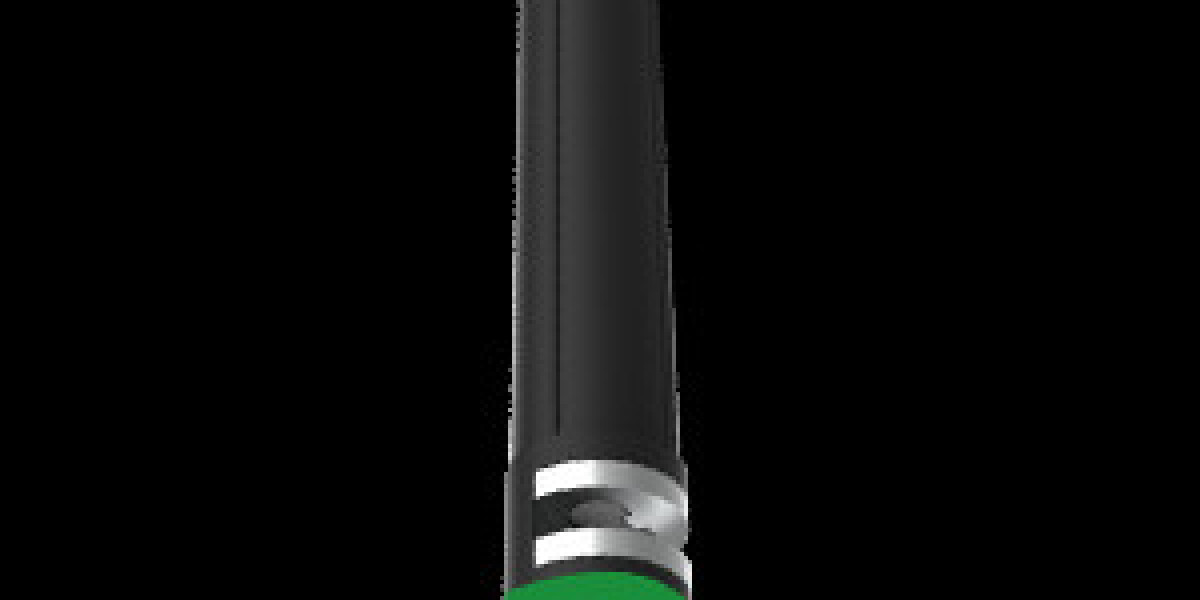Introduction:
Access to clean and safe drinking water is a fundamental human right. However, with increasing industrialization and pollution, ensuring the quality of our water sources has become a significant challenge. Waterborne diseases and contaminants pose a threat to public health, making it crucial to develop innovative technologies to detect and monitor water quality. In this article, we will explore the importance of water quality detectors in ensuring safe drinking water and discuss some of the innovative solutions that have emerged in recent years.
Importance of Water Quality Detection:
Water quality detection plays a vital role in safeguarding public health by identifying potential hazards and contaminants in drinking water sources. Traditional methods of water testing, such as laboratory analysis, are time-consuming and often lack real-time monitoring capabilities. This is where innovative water quality detectors come into play. These devices employ advanced technologies and sensors to quickly and accurately assess the quality of water, enabling prompt action to address any issues that may arise.
Key Features of Innovative Water Quality Detectors:
Real-time Monitoring: Unlike conventional testing methods, innovative water quality detectors offer real-time monitoring capabilities. They continuously analyze water samples and provide instant feedback on various parameters, such as pH levels, dissolved oxygen, turbidity, conductivity, and the presence of harmful substances like heavy metals or bacteria. This allows for immediate detection of any changes in water quality and facilitates rapid response measures.
Portability and Ease of Use: Many modern water quality detectors are designed to be portable and user-friendly. They are handheld or compact devices that can be easily carried to different locations for on-site testing. These detectors often have intuitive interfaces and simple operation, enabling even non-experts to conduct water quality assessments effectively.
Wireless Connectivity and Data Management: Advanced water quality detectors have integrated wireless connectivity, allowing them to transmit data in real-time to centralized systems or cloud-based platforms. This enables remote monitoring and data management, facilitating efficient analysis and decision-making. Data can be visualized, stored, and shared among relevant stakeholders, including water utility companies, regulatory bodies, and researchers.
Multi-parameter Analysis: Innovative water quality detectors are capable of analyzing multiple parameters simultaneously. They can measure various indicators of water quality, such as temperature, turbidity, pH, conductivity, dissolved oxygen, and the presence of specific contaminants. This comprehensive analysis provides a holistic understanding of water quality and allows for informed decision-making regarding water treatment and management strategies.
Examples of Innovative Water Quality Detectors:
Sensor-based Water Quality Monitors: These detectors utilize advanced sensors to measure multiple water quality parameters. They can be integrated into existing water supply systems or deployed in specific locations to provide continuous monitoring. Sensor-based detectors often employ optical, electrochemical, or biological sensing technologies, offering high accuracy and sensitivity.
Smartphone-enabled Water Testing Devices: With the widespread availability of smartphones, some innovative water quality detectors have been developed as smartphone attachments or standalone devices. These detectors allow users to perform quick and reliable water quality tests using their smartphones' processing power and display capabilities. They are particularly useful in remote or resource-constrained areas where laboratory facilities may be limited.
Internet of Things (IoT) Enabled Detectors: IoT technology has revolutionized the field of water quality detection. IoT-enabled detectors can be deployed in various locations and connected to a network, allowing for real-time monitoring and centralized data management. These detectors can send automatic alerts when water quality parameters deviate from acceptable levels, enabling timely intervention and preventive measures.
Conclusion:
Ensuring safe drinking water is a critical global challenge. Innovative water quality detectors have emerged as essential tools in this endeavor. With their real-time monitoring capabilities, portability, ease of use, and comprehensive analysis features, these detectors enable faster detection of waterborne contaminants and facilitate prompt action to safeguard public health. As technology continues to advance, we can expect even more sophisticated and efficient water quality detection solutions to emerge, enhancing our ability to ensure clean and safe drinking water for all.







